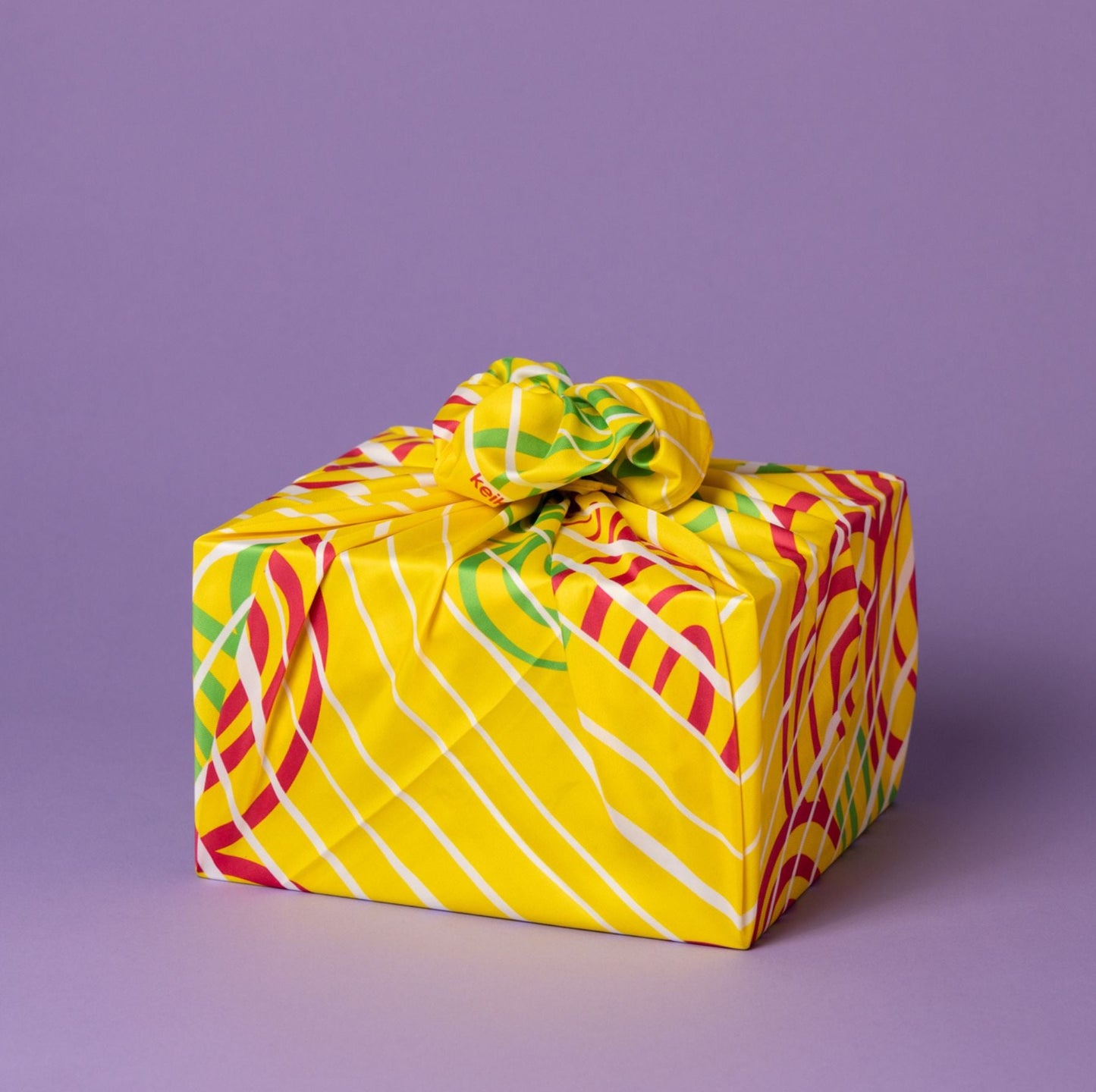
Pojagi vs Furoshiki: Understanding the Difference Between Japanese and Korean Wrapping Cloths
Gift wrapping is an art that transcends borders, and cultures around the world have their unique ways of presenting gifts beautifully. Two such traditional techniques are pojagi from Korea and furoshiki from Japan. While both involve the art of fabric wrapping, they have distinct characteristics that set them apart.
Pojagi: Korean Elegance in Cloth Wrapping
Pojagi, also known as bojagi, is a traditional Korean wrapping cloth that dates back to the Joseon Dynasty. The word "pojagi" itself means a square or rectangular piece of cloth. Unlike furoshiki, which uses a square fabric, pojagi cloths come in various shapes, including squares, rectangles, and circles.

Material and Aesthetics: Bold and Colorful
Pojagi fabrics are known for their delicate fabric with bright solid colors. Traditional Korean silk or ramie textiles are commonly used, and the patterns can range from intricate designs to more minimalistic, geometric motifs. The artistry of pojagi lies in the meticulous stitching and patchwork techniques employed to create visually stunning, harmonious compositions, not unlike quilting styles seen elsewhere in the world.
Purpose: Beyond Gift Wrapping
While pojagi is often used for wrapping gifts, it serves multiple purposes in Korean culture. These versatile cloths are employed in ceremonies, as decorative pieces, and even as a means of carrying objects. Pojagi reflects the rich cultural heritage of Korea, and the cloth itself can be considered a work of art. These are also assembled into small patchwork curtains with various colors.
Cultural Significance: Symbolism and Tradition
Pojagi carries deep cultural significance, often symbolizing good luck, prosperity, and longevity. The act of wrapping a gift in pojagi is not just about concealing the contents; it is a gesture that reflects the giver's respect for tradition and appreciation for the recipient. The colors and patterns chosen may also convey specific meanings, adding layers of symbolism to the act of gift-giving.
Furoshiki: Japanese Simplicity in Wrapping
Furoshiki, on the other hand, is a Japanese traditional wrapping cloth that emphasizes simplicity and practicality. The term "furoshiki" translates to "bath spread," indicating its historical use in covering and carrying clothes to the public bathhouse. Today, furoshiki is widely employed for gift wrapping and various other purposes.
Material and Aesthetics: Simplicity and Functionality
Furoshiki cloths are typically square, ranging in size from small to large. The material can vary from silk to cotton, and the aesthetic leans towards simplicity. While some brands like ours embrace color and bright patterns, furoshiki often emphasizes a clean, minimalistic look. The focus is on the functionality of the cloth, allowing for versatile wrapping techniques.
Purpose: Reusable and Sustainable
One of the key distinctions of furoshiki is its emphasis on reuse. Furoshiki cloths are not only a means of wrapping a gift but also become a part of the gift itself. The recipient can reuse the fabric for their own wrapping or find alternative uses, promoting a sustainable and eco-friendly approach to gift-giving.
Cultural Significance: Practicality and Adaptability
Furoshiki embodies the Japanese values of practicality and adaptability. The versatility of this wrapping method extends beyond gift-giving; Furoshiki is also used for carrying items, as a scarf, or even as a decorative accessory. The simplicity and adaptability of furoshiki reflect the Japanese appreciation for efficiency and the beauty found in functionality.

Two Unique Takes on Wrapping Tradition
In short, while both bojagi and furoshiki involve the art of fabric wrapping, they showcase the unique cultural expressions of Korea and Japan, respectively. Bojagi captivates with its bold colors, intricate patterns, and deep cultural symbolism, while Furoshiki charms with its simplicity, functionality, and commitment to sustainability. Each technique tells a story of tradition, history, and the artistry embedded in the act of presenting a gift. Whether you choose the bold elegance of bojagi or the understated practicality of furoshiki, both traditions invite you to unwrap the beauty of cultural diversity.























